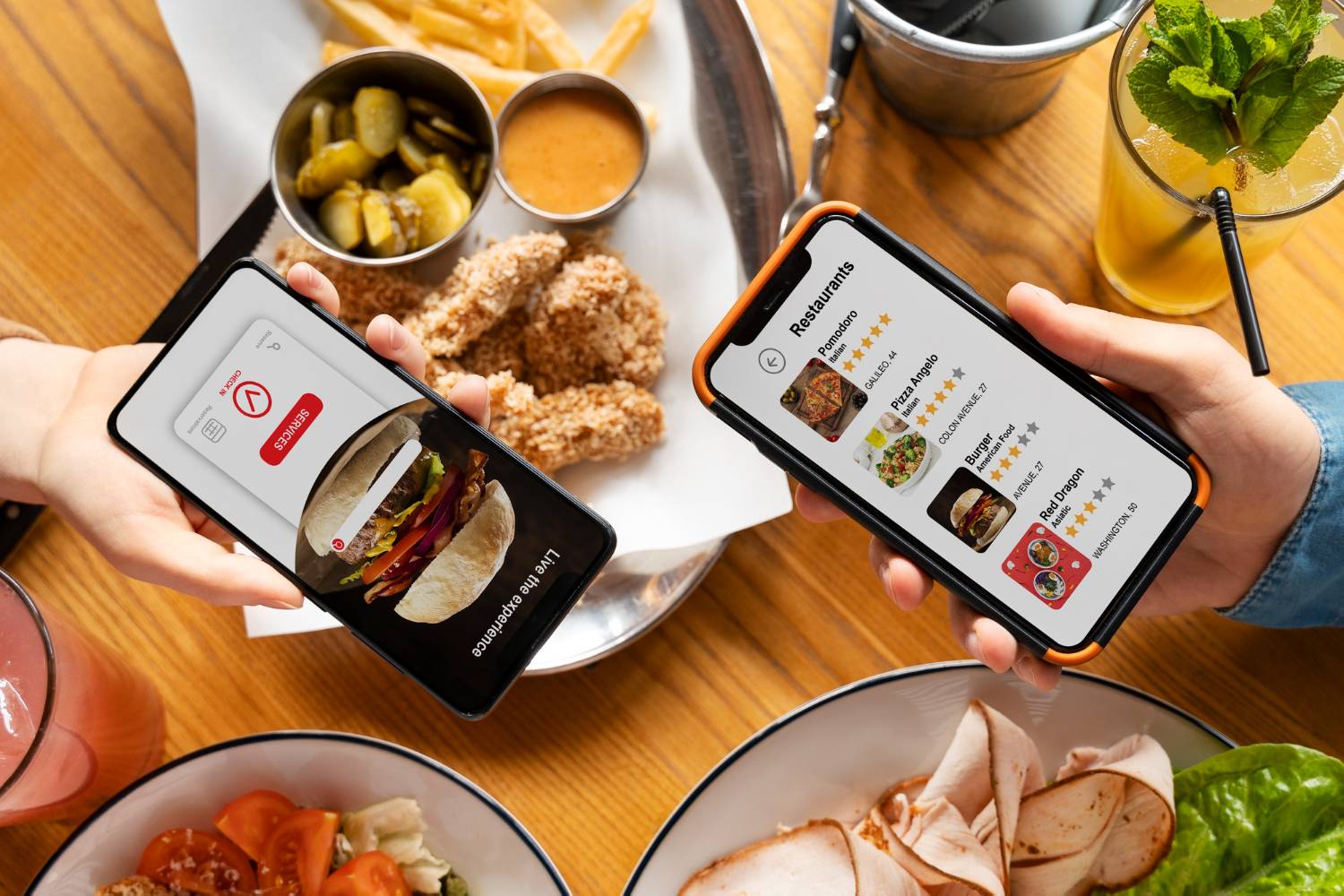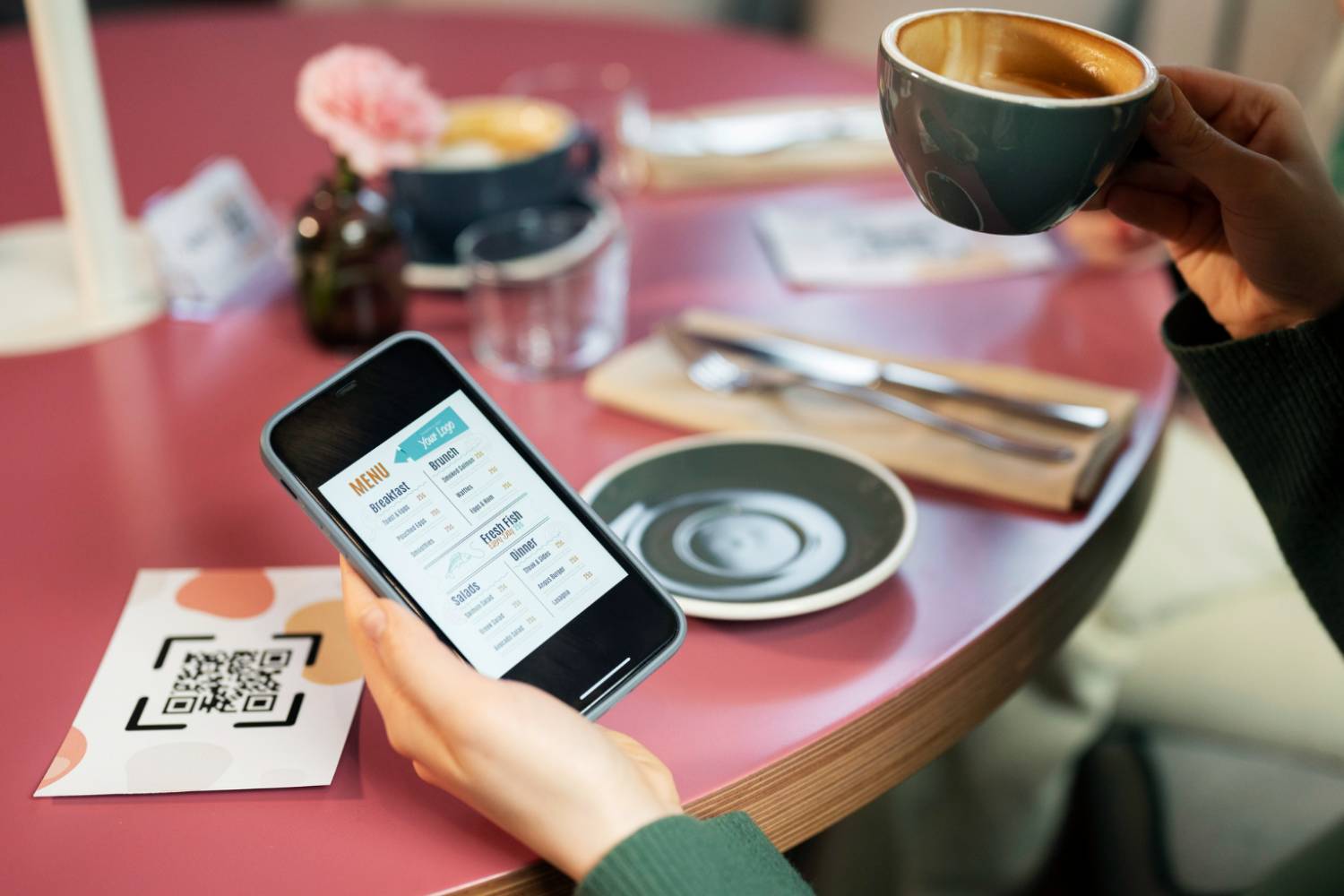Rise of the restaurant Menu Transform your Restaurant experience

Rise of the restaurant Menu Transform your Restaurant experience
Traditional paper menus, once a staple in restaurants, come with notable limitations. They lack flexibility, requiring costly and time-consuming reprints for updates like new dishes, pricing changes, or special promotions. As consumer expectations evolve, these limitations have made it harder for restaurants to deliver the modern, informative dining experience that customers now demand.
The restaurant industry has seen significant change in recent years due to the switch from traditional restaurant menus to digital menus. Both technological advancements and shifting customer expectations have contributed to this change, which has produced a more modern and efficient dining experience.
Why Choose Digital Menu for Restaurant?
Real-Time Updates: Easily update prices, specials, and menu items without reprinting.
Enhanced Visuals: Use high-quality images and videos to showcase dishes.
Cost-Effective: No recurring printing costs or wear-and-tear replacements.
Detailed Information: Display comprehensive ingredient lists, nutritional data, and allergen info.
Customer Engagement: Offers interactive features, catering to tech-savvy, modern diners.
Benefits of Digital Menus
Instant Updates: Digital menus allow for real-time updates, enabling restaurants to adjust menu items, prices, or promotions instantly without reprinting costs.
Improved Customer Experience: High-quality visuals, videos, and interactive features create a more engaging, informative dining experience.
Cost-Efficient: Over time, digital menus save money by eliminating the need for frequent reprints and replacements.
Eco-Friendly: By reducing paper use, digital menus support sustainable business practices.
Loyalty and Rewards Programs
Digital menus can integrate with loyalty programs, allowing customers to earn, track, and redeem points directly through their orders for a seamless experience. Additionally, restaurants can leverage loyalty data to offer personalized discounts or exclusive deals to frequent customers, promoting repeat business and fostering long-term loyalty.
Digital Marketing and Social Media
Digital menus can showcase promotions and seasonal offerings while enabling social media integration. Customers can share their dining experiences and favorite dishes directly through the menu, enhancing visibility and attracting new patrons.
Technical Issues and Downtime
Digital menus are prone to technical issues like software glitches and network outages, potentially disrupting service. To minimize downtime, restaurants should implement reliable systems and have contingency plans, such as using digital menus or mobile devices for orders. Staff training on these backup methods ensures seamless service during technical difficulties.
Ready to Transform Your Vision Into Reality?
+880 9613 823 923
[email protected]


